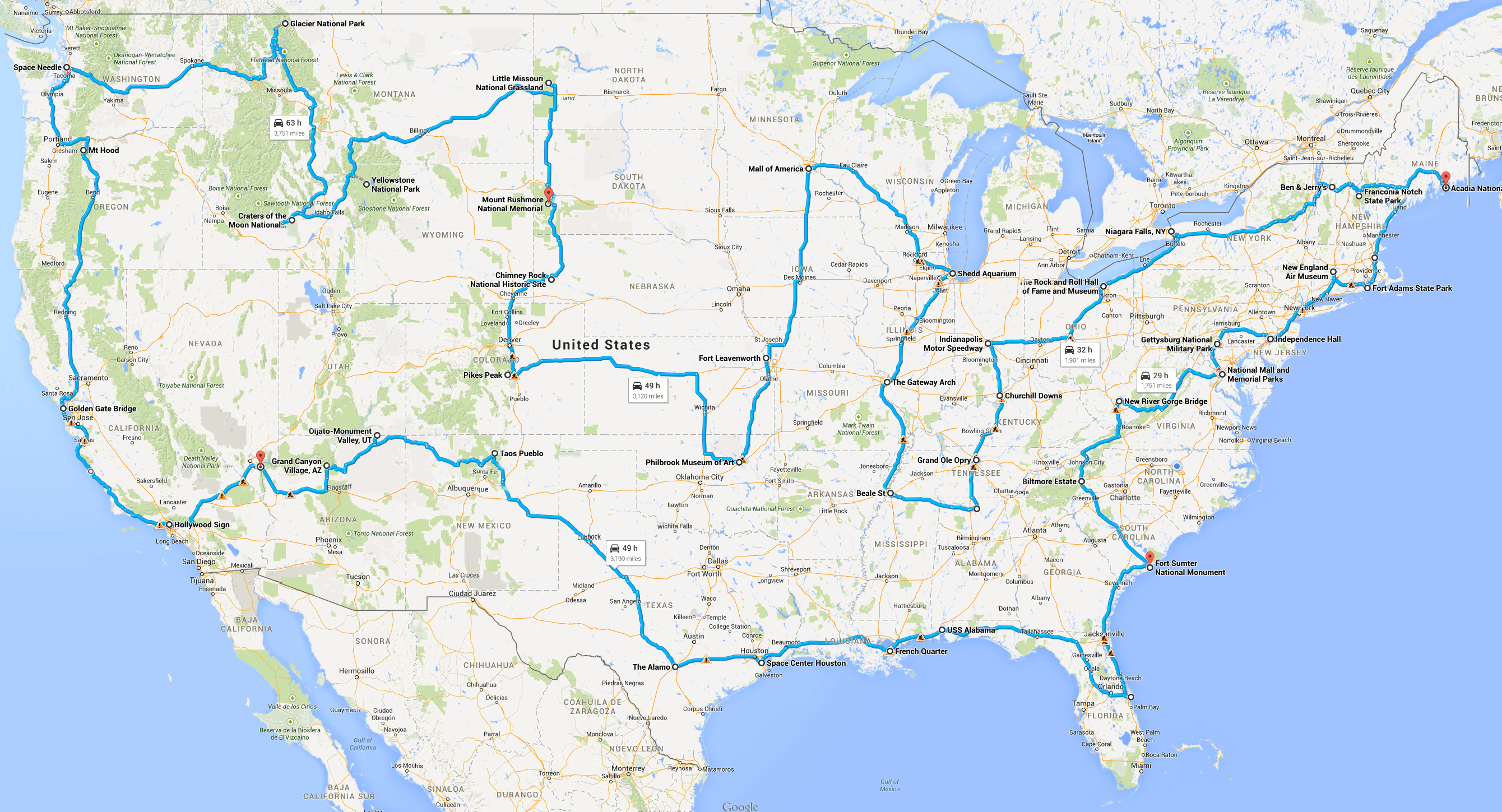
My favorite dorky librarian joke is that I was absent the day they taught the Dewey Decimal System in library school. This is 100% true. As part of my Masters in Library and Information Science, I had to take a class in cataloging. It covered all the different systems used in academic and public libraries, plus all the methodologies behind cataloging. Exactly one class period was dedicated to learning the Dewey Decimal System, and I had the flu that week.
So it’s not an impossible system to learn. Pretty much everything I know about Dewey was learned on the job and through osmosis as a lifelong library user and second generation librarian.
And now I live the Dewey Decimal system; naming the number for random subjects is my best party trick. I think it’s beautiful and idiosyncratic and a soothing constant of the universe. I love that animals are in the 500s (Natural Sciences), but farm animals and pets are in the 600s (Technology). I love that everyone thinks Dewey is just for nonfiction, but it’s actually for all books, period. There are just so many fiction books that it makes no sense to squeeze them into their rightful place in the 800s (I also love blowing a second- or third-graders mind with this fact). I should have a “WWDD?” sticker on my car.

I don’t expect kids in the 21st century to memorize the 10 main categories like we all had to do growing up. But I do hope they learn their favorite sections. It tells me more when a child can show a classmate that the dog books are 636.7 than if they can recite that the 000s are “General Information.”
And I can tell you, there is a shortlist of subjects (out of thousands of possibilities) that kids ask me for Every. Single. Day. Most of them are in the 500s, 600s, and 700s. They occasionally stray from the list, but it’s a pretty universal truth of childhood nonfiction reading that they will ask for something on this shortlist. If your child has a favorite, or if you ever need to make a library trip as quick and painless as possible, this is the list to save. Here’s a PDF version, too.
ooos (General Information) to 200s (Religion)
- 031: World record books
- 292: Greek and Roman mythology
300s (Social Sciences) to 400s (Language)
- 350s: Military (not including war or history, those are down in the 900s)
- 398.2: Fairy Tales (398 is folklore in general, including nursery rhymes). Fun fact: fairy tales are fictional, but they are kept in the 300s basically because they represent, and teach us about, the cultures they come from. You probably won’t find the Disneyfied versions here.
- 419: Sign Language
500s (Natural Sciences, far and away the most circulated nonfiction section)
- 500s: Science experiments
- 520s: Space (Astronomy, not space exploration–that’s the 600s)
- 550s: Volcanoes, hurricanes, earthquakes, tornadoes, and weather
- 567: “Fossil cold-blooded vertebrates,” otherwise known as dinosaurs
- 595: Insects, spiders, and worms. Such a great section.
- 597: Reptiles and amphibians
- 598: Birds
- 599: Mammals (each mammal has its own special number after the decimal, there are just too many to list)
600s (Technology)
- 600-609: Inventions
- 610s: Medicine and health
- 620s: Engineering (including rockets)
- 629: “Other engineering” is a big one; it includes cars, trucks, planes, space exploration, AND robots.
- 636: Pets and farm animals
- 636.1: Horses
- 636.7: Dogs
- 636.8: Cats
- 641: Cooking
- 646: Sewing, clothing, costume design, hair, and makeup. A cosplayer’s best bet.
700s (The Arts)
- 709: Art history
- 720s: Architecture. But actual construction is back in the 600s with technology. See how the system makes order of the universe? I *big glittery heart* Dewey.
- 741.5: Graphic novels and cartoons. Oh, this is a wondrous number. Chant it in times of stress.
- 743: How to draw
- 745 and 746: Crafts
- 780s: Music
- 790-792: Theatre and dance
- 793-795: Games
- 796: Sports
- 796.3 includes football, baseball, and basketball, each with their own number in the hundredths column.
800s (Literature, the magic number for fiction that we only use for some fiction)
- 811: North American poetry
- 818: Jokes and riddles. This one is tricky because officially jokes could also be under 793.27 or 808.8, but I’ve personally never seen them anywhere but 818.
- 820s: British literature
900s (History and Geography)
- 910s: Explorers and atlases
- 920: Group biographies (like the Wright brothers)
- 921: Biographies and autobiographies
- 930s: Ancient history
- 940s: European history (including the World Wars)
- 970s: American history (including Native Americans, the states, and the Revolutionary and Civil Wars)




I have misplaced a sheet one of my great-grandmothers had for teaching the Dewey Decimal System from “self-awareness (general and psychology) to outer-awareness (fiction).” If you ever come across such a chart, please email it to me. Thank you.
Sincerely, Rosalind K. Mixson
~ grandmanannah1957@gmail.com